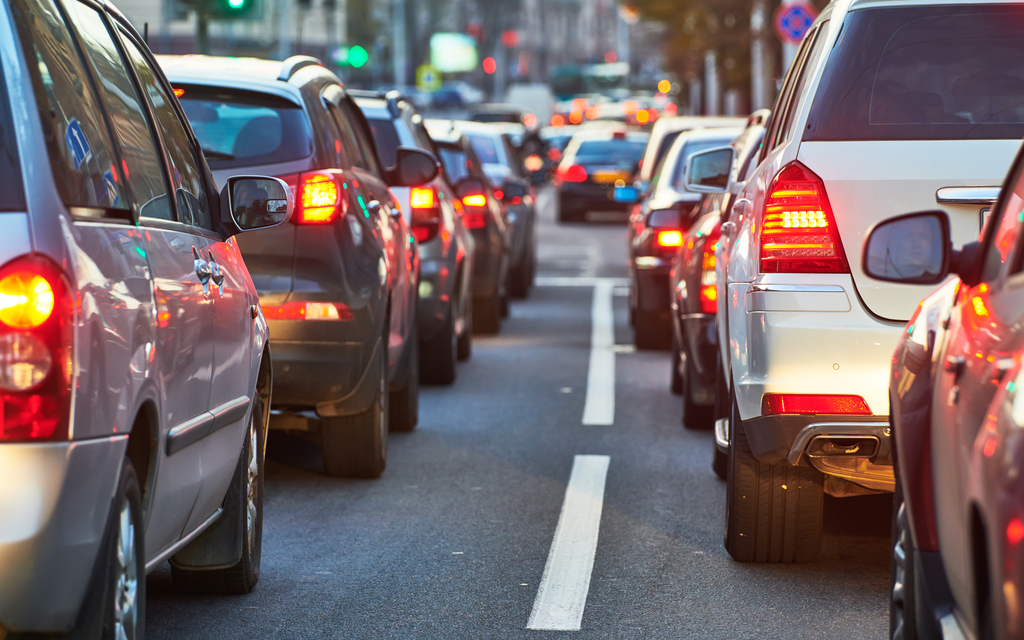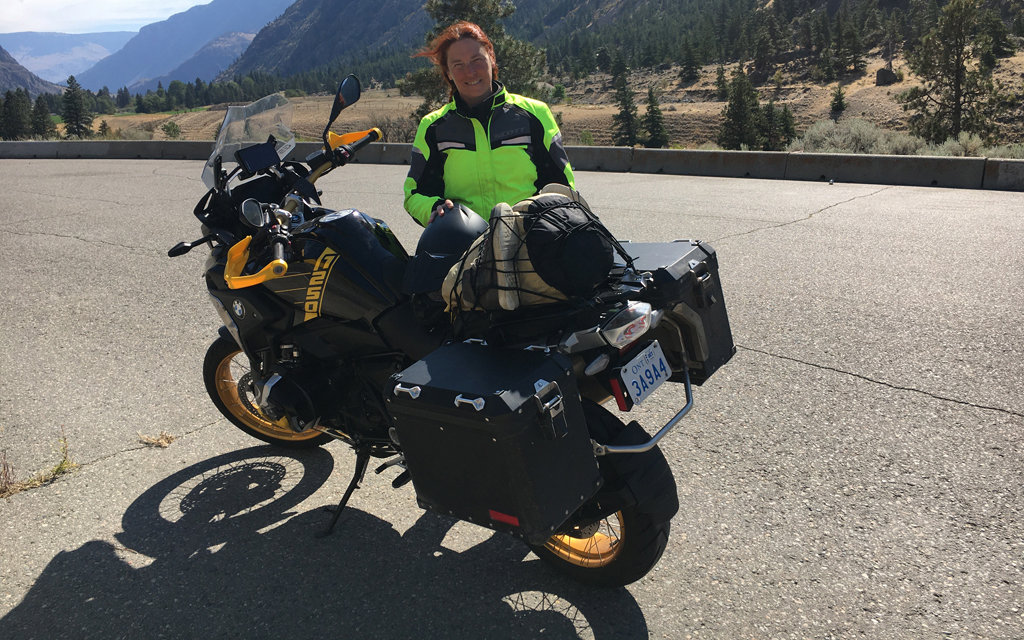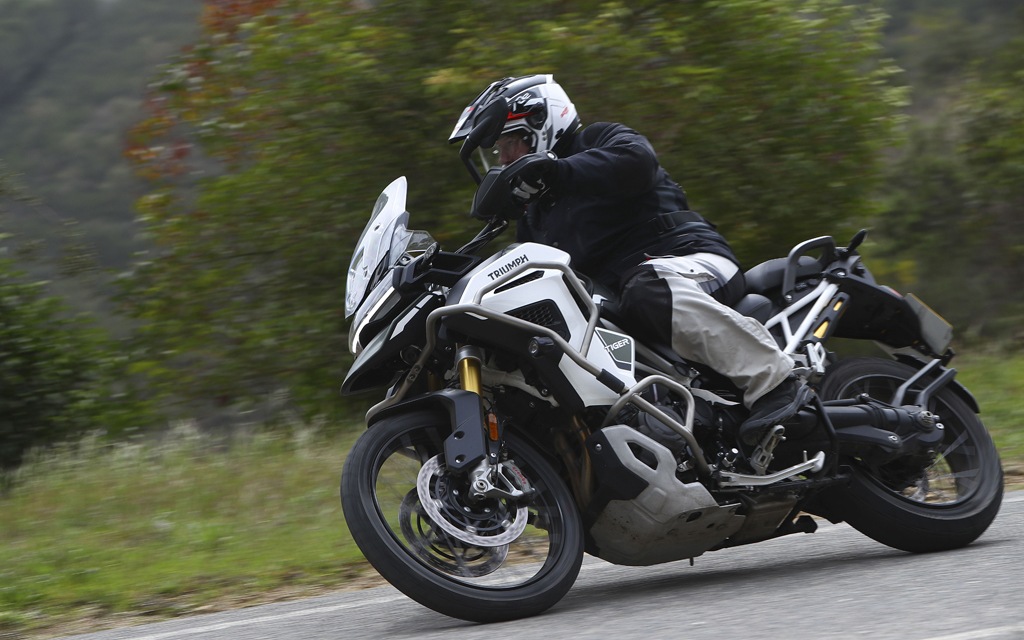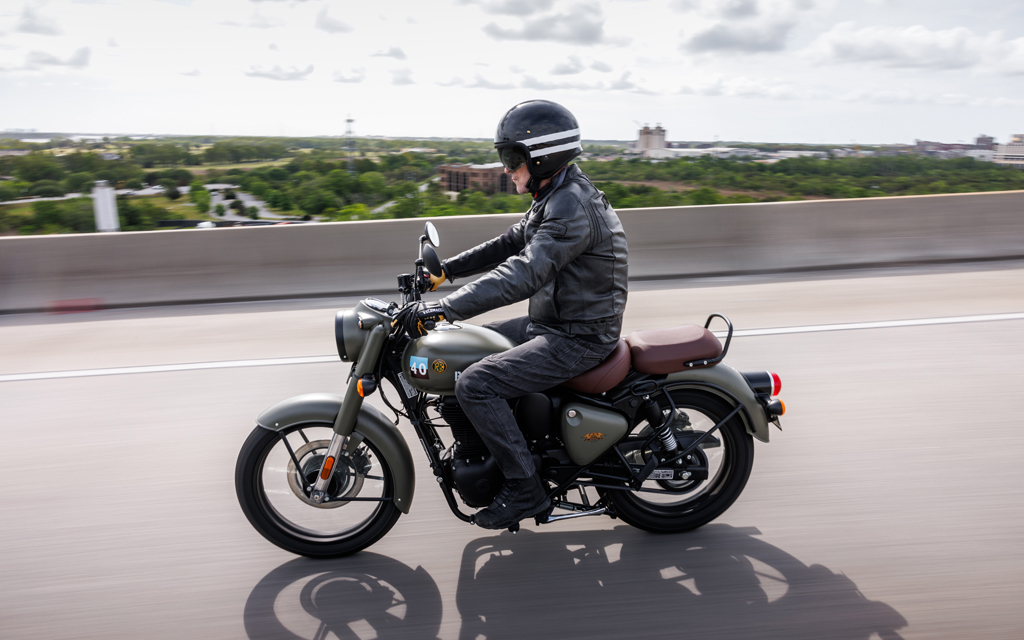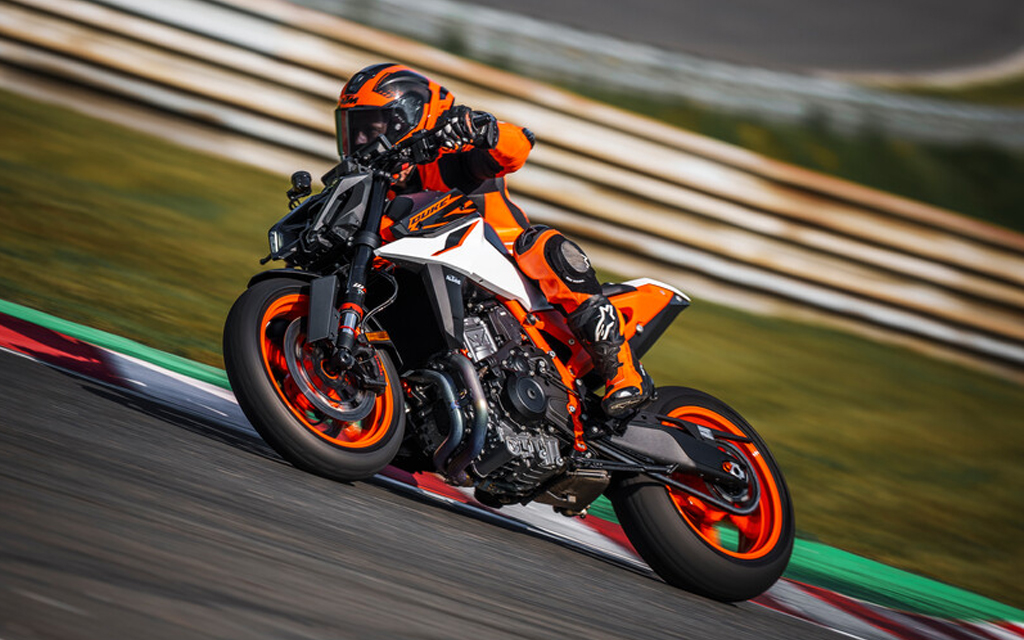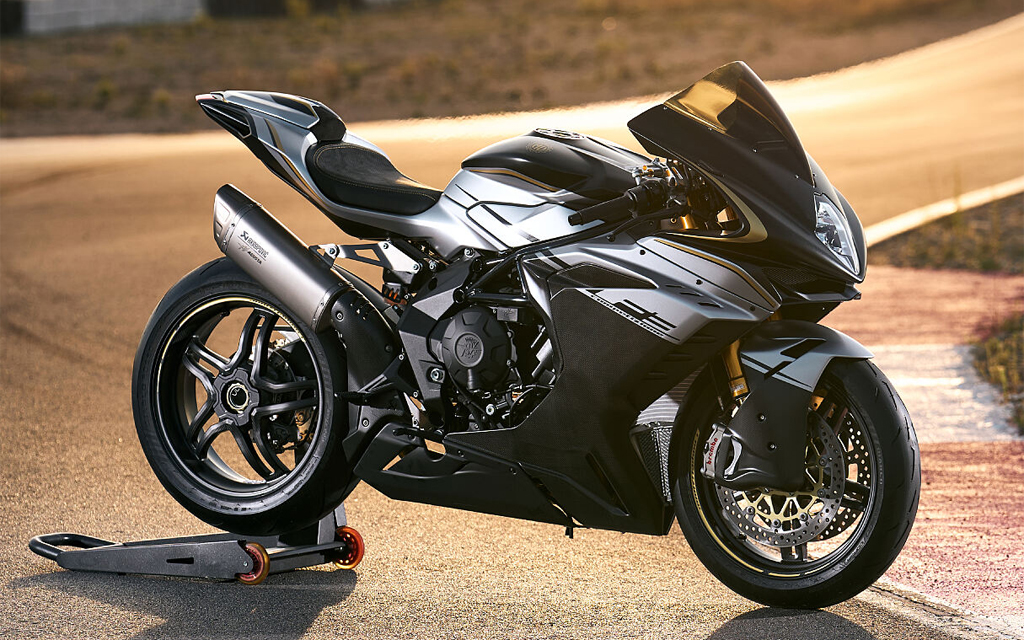Motorcycles are part of the solution during COVID-19
Motorcycles in Quebec have been considered for a long time as recreational vehicles. A weekend hobby for getting around, preferably with several motorcyclists. In neighbouring regions at most, and between at least two cafés, hence the fashion for café-racer motorcycles in the ’60s. Their inessential character has produced detractors of motorcycle use, an antipathy that is often founded in ignorance and fear of the unknown. It must be recognized that it was fueled by sometimes excessive noise levels, sometimes frightening overtaking speeds and a tiny fraction of occasionally criminalized users.
The motorized two-wheeler category is considered completely differently in Europe or Asia. Naturally the sports or tourist vehicle exists as here. But the utility side is more developed and accepted. Scooters and motorcycles of medium displacement are a way to move quickly, to sneak in and park in a small space.
Here in Canada, this side has been totally forgotten. It is true that winter makes travel by motorbike less comfortable and that the winter season is long. But the remark can apply to swimming pools, which does not prevent a high rate of possession in Quebec.
THE MOTORCYCLE, A SOLUTION:
Indeed motorized two-wheelers are a solution to consider to relieve traffic congestion. With gloves and a full-face protective helmet, this is the ideal vehicle for distance.
And it’s urgent! The road infrastructure costs and lost time losses are enormous. Ten years ago, Pierre Tremblay, the head of the modeling and transportation systems department at the Quebec Ministry of Transport (MTQ), revealed that too many cars on the road network cost $1.423 billion per year in time, wages and gasoline. Delays caused by roadworks and accidents resulted in a charge of the same amount, for a total of about $3 billion. There is no more recently costed study, but the cost is not getting any lower.
Car drivers in Montreal lose an average of 117 hours a year in traffic, according to the 2019 INRIX study. They drive at an average speed of 16 km/h in the metropolis. And Montreal is in second place with time lost to traffic congestion, right behind Toronto, where drivers lose 135 hours per car in congestion per year. Vancouver is third with 87 hours, Winnipeg drops to 38 hours, followed by Calgary, 27 hours and Edmonton, 11 hours.
AN ACTION PLAN TO REVIEW:
The Quebec Department of Transport has an ambitious 2018–2023 action plan with a goal of reducing greenhouse gas emissions by 37.5%. It is clear that the arrival of a virus does not encourage travel by public transport and carpooling.
Using a personal vehicle will become a habit against the fear of being infected. The reduction target will be difficult to achieve without further action. Telework could be part of the solution, as well as using the motorcycle to keep traffic flowing.
The MTQ also budgeted an investment of $130.5 billion during the period 2020–2030 for road infrastructure, the repair of roads. With increasing car traffic and declining public transportation, that budget will skyrocket.
Especially since car ownership is growing. They increased from 1.84 million to 1.96 million from 2013 to 2018, an increase of 6.8%. And heavier, more energy-consuming SUVs or trucks are replacing compact cars.
Four nuisances resulting from congestion are the subject of a monetary evaluation: The loss of time caused by delays by road users, additional costs of using vehicles, the costs associated with the additional consumption of fuels, and the costs of air pollutant emissions.
The motorbike has quite a say in reducing these costs as part of the sustainable mobility policy. A 200 kg motorcycle is seven times lighter than an average 1400 kg car. In other words, the impact on the wear of asphalt is seven times lower.
The motorcycle has a pollution index similar to the automobile, but motorcycles can move through a city three times faster than cages (on average at 48 km/h) and spend that much less time on the road.
Parking takes one-quarter of the space a car requires. The standard width of a space for a motorcycle must be 1.25 m and a minimum length of 2.30 m. A car occupies a space 2.30 m by 5 m.
It’s time to address a sensitive point: the danger of motorcycles. It is not to be dismissed. But it should be remembered that the number of deaths among motorcyclists in Montreal is down 4.1% between 2018 and 2019, with 47 fatalities, compared to the 276 deaths of other road users, including pedestrians. We are far from the figures of the coronavirus.
City traffic takes place at a reduced speed and the risk of injury and death is lower.
POINTS TO GET TO SAVE MILLIONS OF DOLLARS:
To smooth traffic, additional rights must be given to motorcycles, for the benefit of all: (1) the right to drive between cars, according to established rules (lane-splitting is common in Europe and in certain American states); (2) the right to use bus lanes and expressways, carpooling; (3) development of motorcycle parking lots.
BUDGET ALMOST ZERO DOLLARS:
Unlike most government actions, integrating two-wheeled motorized vehicles into the mobility plan costs nothing, or almost nothing. Parking spaces have to be adapted, which is not complicated since Montreal has removed hundreds of spaces. There also needs to be a sustained advertising campaign to inform motorists of the lane-splitting of motorcycles. Finally, information panels can be added to show lanes where two-wheelers can ride.
ADAPT TO AFTER COVID-19:
The coronavirus overturned all habits, all of society, all of the economy in two months. Public transport does not respect the desired distance, carpooling imposes fears. The motorcycle is a model of distancing, it is driven with an integral helmet which is a bulwark against the virus. Its weight does not damage the asphalt, its dimensions allow traffic to flow and lighten the need for parking.
Road maintenance and lost time costs are in the billions of dollars. Every affected car driver should be happy to know that motorcyclists are ready to put their passion to work for smoother traffic. Every taxpayer, every politician, should question their way of thinking, and should support this innovative solution that generates community savings.
